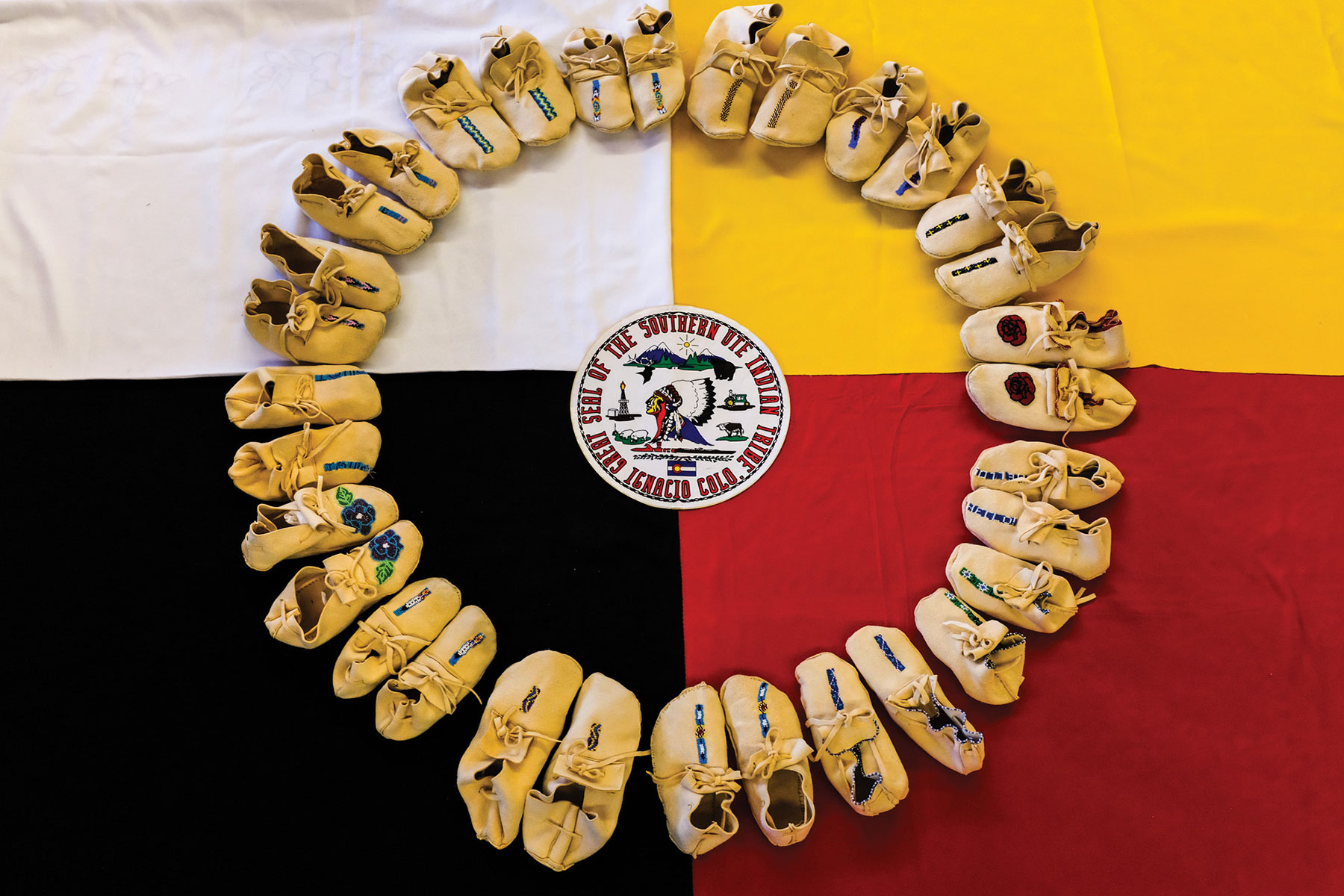In the past couple of weeks, local and national news agencies have been talking a lot about a virus called RSV that has recently infected many children, some severe enough to require hospitalization. RSV stands for respiratory syncytial virus. It is a very common virus: nearly all children are infected by two years of age and can be reinfected many times. While RSV can infect people of any age, it usually only causes disease during the winter and severe illness in children under five years old. Premature infants and young children with other serious, chronic illnesses are most at risk of having a severe disease caused by RSV.
Fortunately, RSV infection is usually mild and looks like a typical cold, but it sometimes causes disease in the lower respiratory tract, most commonly a condition called bronchiolitis. The smallest breathing tubes at the end of the many branches that occur in the lungs are called bronchioles and are like the tiniest twigs on a tree branch. A viral infection in these bronchioles can cause inflammation there called bronchiolitis. Because they are already so small (particularly in a tiny human), a little bit of inflammation-causing narrowing in these tiny tubes can impact breathing. Sometimes the narrowing can cause loud breathing called wheezing and it almost always causes coughing. It can also make it hard for oxygen to get from the lungs into the bloodstream, resulting in a low oxygen level. In the very youngest babies, bronchiolitis can cause a pause in breathing called apnea. Many other viruses cause bronchiolitis, but RSV is one of the most common and one we can most easily test for.
There are different ways to diagnose RSV, but the most used method in clinics is with a swab of the nostrils and a test that takes less than 30 minutes. Sometimes the symptoms are so consistent and there are so many RSV infections in other kids in the community that the provider doesn’t need a test to know it is likely an RSV infection. Most clinics don’t test healthy kids older than four years old because they so rarely have serious infections or need to be hospitalized.
If a young child is diagnosed with RSV bronchiolitis, the provider will check their breathing to see if they are working harder than usual, their oxygen level to be sure it is at a safe level, and that they are drinking enough fluids to stay well hydrated. For most kids with RSV, there is no treatment and what they need are rest, fluids, and close monitoring. Unfortunately, sometimes kids with RSV bronchiolitis need to get hospitalized because they need oxygen support and/or IV fluids.
RSV is very common this time of year, but 2022 has had rates in kids much higher than any of the past five years. It spreads like all respiratory viruses: through particles in the air, spread most widely by uncovered coughs or sneezes. The good news is that it is mild in most kids and they will recover fully from an RSV infection after seven to 10 days, though some kids will go on to have recurrent wheezing.
As a parent, you know your child is sick and you definitely know when they are coughing, but it can be hard to tell how hard they are working to breathe and impossible to know their oxygen level. If you have any concerns about your sick child, it is a good idea to bring them to a provider to be evaluated.
For more information about RSV check out: https://www.healthychildren.org/English/health-issues/conditions/chest-lungs/Pages/RSV-When-Its-More-Than-Just-a-Cold.aspx or https://www.cdc.gov/rsv/high-risk/infants-young-children.html.
You can make an appointment for your child to be seen at the Southern Ute Health Clinic for illness symptoms or anything else by calling 970-563-4581.

